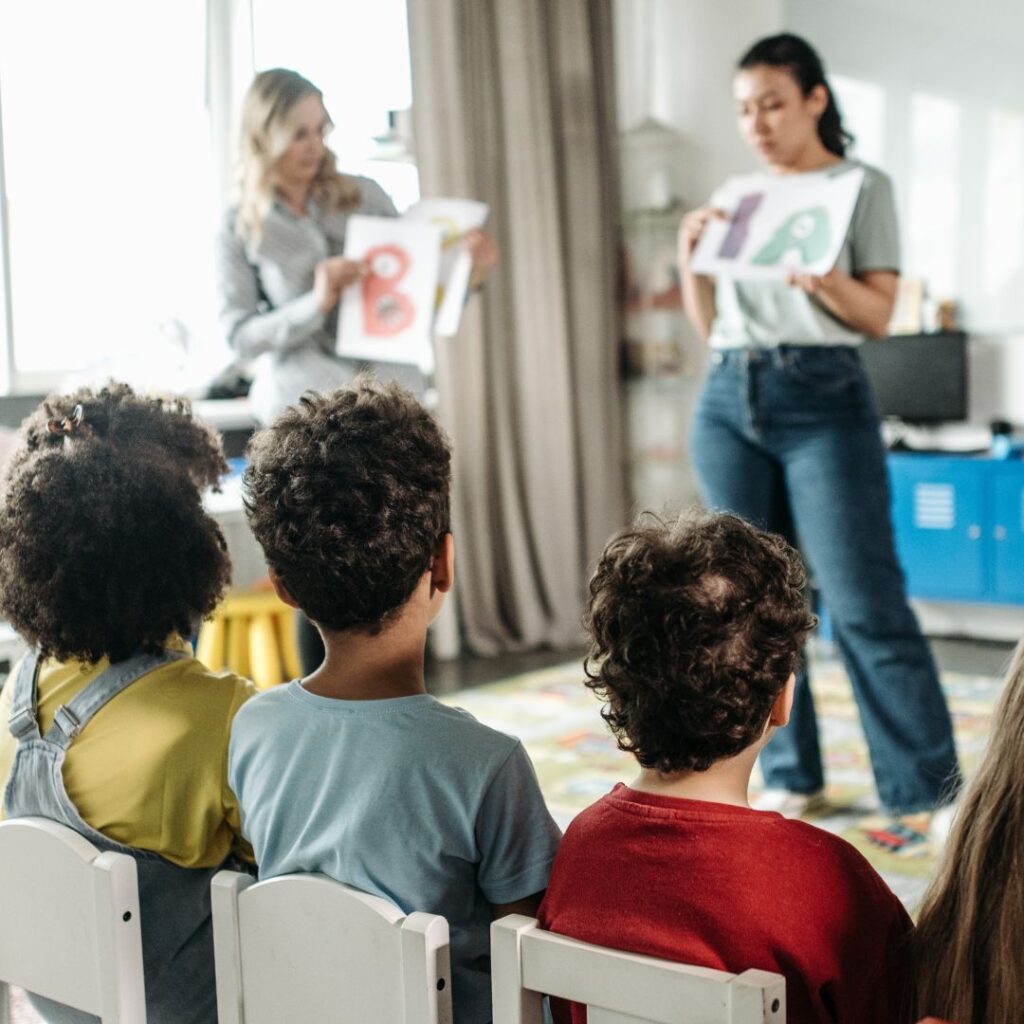
Pedagogical strategies transform classrooms, empowering educators to create dynamic, inclusive, and future-ready learning environments through collaborative innovation.
Introduction
In today’s rapidly changing educational landscape, teachers and administrators are constantly looking for innovative approaches to enhance student learning. Using collaborative pedagogical strategies fosters critical thinking, creativity, and diverse lifelong learning in a dynamic classroom culture.
The Role of Collaborative Innovation in Education
Collaborative innovation brings together ideas from educators, students, and communities to reimagine the learning process. Implementing pedagogical strategies that are rooted in collaboration not only enhances academic performance but also builds essential social skills.
Collaborative projects teach students to value diverse perspectives and develop skills beyond the classroom.
Educators who employ these pedagogical strategies often see improvements in student engagement and motivation. Group discussions, peer tutoring, and project-based learning effectively foster an interactive, stimulating, collaborative learning environment.
Key Elements of Effective Pedagogical Strategies
1. Student-Centered Learning
At the heart of innovative teaching is the focus on student-centered learning. This approach shifts the traditional teacher-led model to one where learners are active participants in their education.
2. Integration of Technology
Technology plays a crucial role in modern education. Incorporating digital tools can significantly enhance the delivery of pedagogical strategies. For instance, using online platforms for group projects or virtual breakout rooms for discussions can bridge the gap between traditional teaching methods and the demands of the digital era. Furthermore, integrating the digital badges and certificates advantage can motivate students by recognizing their achievements in a tangible way.
3. Continuous Feedback and Reflection
Another cornerstone of successful educational practices is continuous feedback. Effective pedagogical strategies include regular assessments and reflections, allowing both educators and students to understand strengths and identify areas for improvement. This cycle of feedback fosters a growth mindset, encouraging learners to view challenges as opportunities for development.
4. Flexibility and Adaptability
The educational landscape is continually evolving, which necessitates pedagogical strategies that are flexible and adaptable. Teachers who are open to revising their methods based on feedback and emerging research create learning environments that are resilient to change. Adaptability in teaching not only helps address immediate challenges but also prepares students for the unpredictability of the future.
Practical Applications in the Classroom
Implementing collaborative innovation involves more than just theoretical planning—it requires practical application in the classroom. Educators can start by redesigning lesson plans to include group projects, interactive discussions, and real-world problem-solving scenarios. These pedagogical strategies enable students to apply their knowledge in practical settings, making learning more relevant and engaging.
For instance, a science teacher might set up a project where students work together to design an experiment that addresses a real environmental issue. Through this exercise, learners are not only mastering scientific concepts but also honing their teamwork and communication skills. Such practical applications of pedagogical strategies help bridge the gap between theory and practice, ensuring that students are well-prepared for future challenges.
The Impact on Educators

Teachers also benefit significantly from innovative and collaborative approaches. When educators work together to develop and share pedagogical strategies, they create a supportive network that enhances professional growth and classroom effectiveness. Collaborative planning sessions, workshops, and peer reviews are excellent opportunities for teachers to refine their methods and learn new techniques from their colleagues.
This collective effort leads to a more dynamic teaching environment where ideas are exchanged freely, and best practices are continuously updated. In turn, this collaboration fosters a culture of innovation and continuous improvement, making the classroom a vibrant space for both teaching and learning.
Conclusion
In summary, integrating collaborative innovation with robust pedagogical strategies can transform the educational experience for both students and educators. By focusing on student-centered learning, leveraging technology, providing continuous feedback, and embracing flexibility, teachers can create classrooms that not only impart knowledge but also inspire a love for learning.
As we move forward in this era of rapid change, it is essential to continuously explore and refine these pedagogical strategies. Through collaboration and innovation, educators can ensure that their teaching methods remain effective, engaging, and aligned with the needs of today’s learners. Embracing these strategies will pave the way for a more inclusive, dynamic, and successful educational experience for all.

I’m Ethan Richards, the guy running the show at “Acknowledgment Templates.” I’ve been playing with expressions and formats to make acknowledgment writing a whole lot of fun. Over at Acknowledgment Templates, we’re here to make your acknowledgment section incredible. Let’s add some professionalism and gratitude to your project together!



